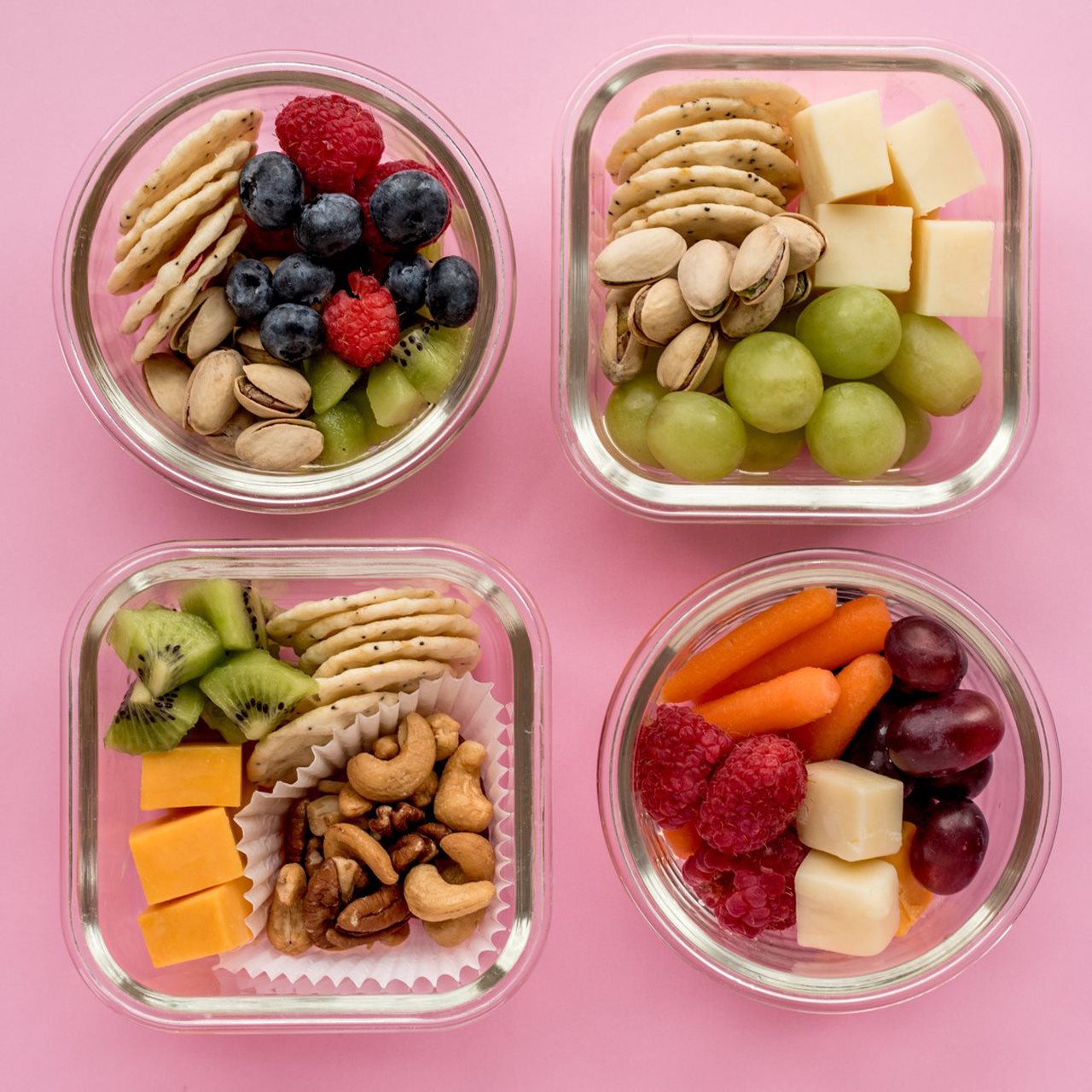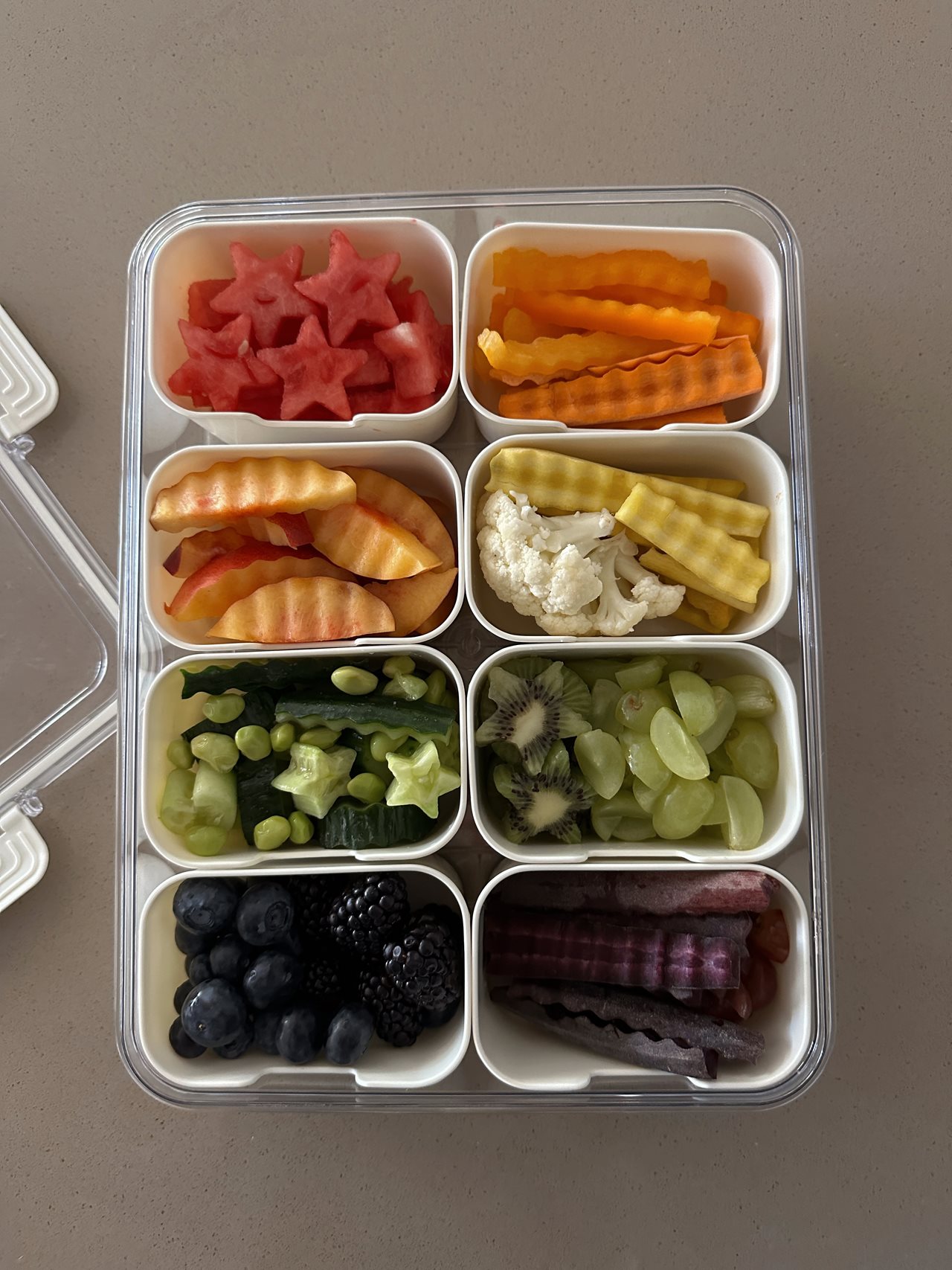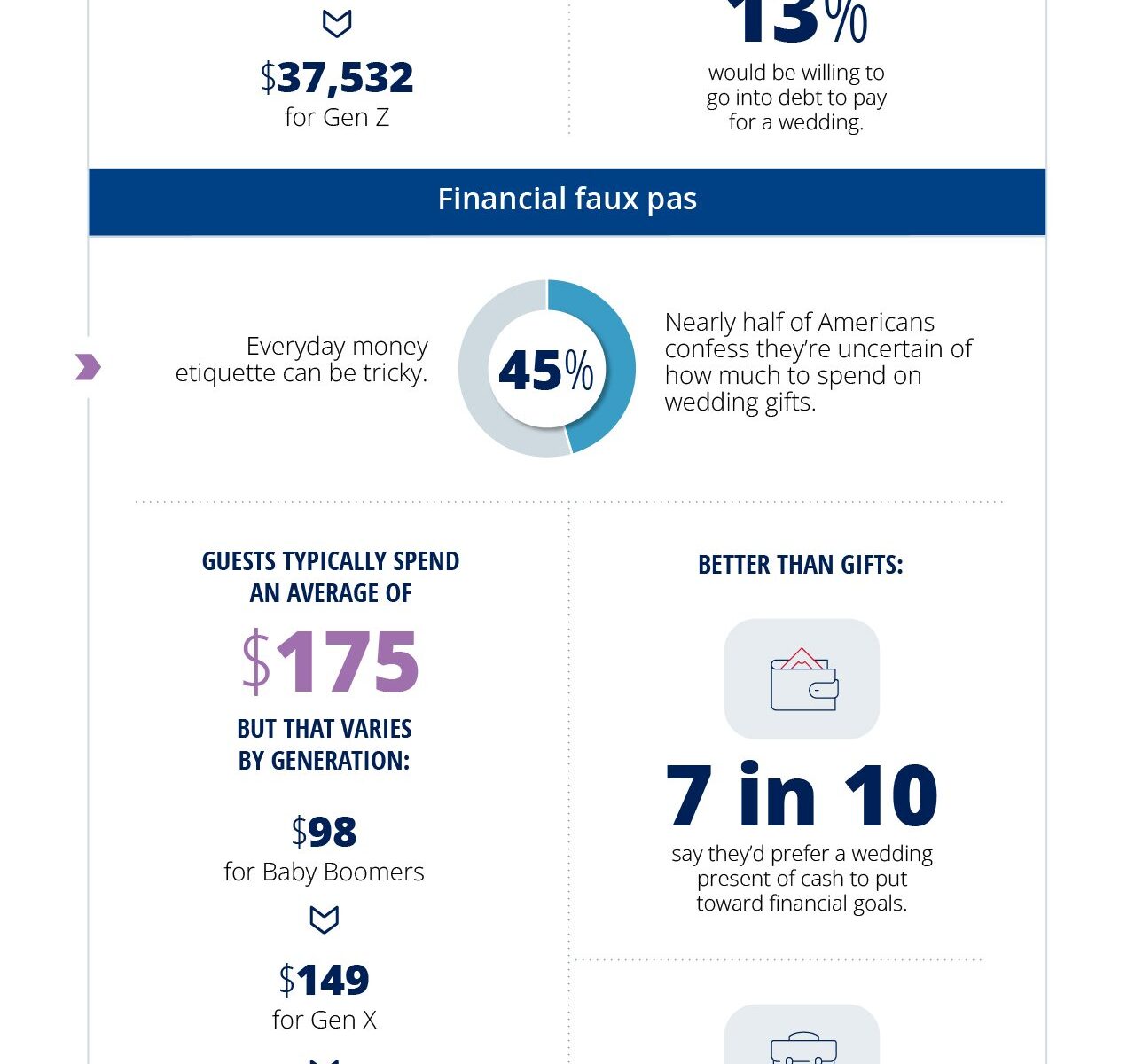2024-08-30T12:01:00
(BPT) – Looking to add more fruits and vegetables to your day, but not sure how? The key to success might be simpler than you think. Building on your current eating habits and finding easy ways to incorporate fruits and veggies into your routine can make all the difference.
A recent report, Hacks To Habits: A Behavioral Research Study To Bolster Fruit & Vegetable Consumption, showed that piggybacking off moments in time when people are already eating or enjoying other foods they love can present an opportunity to increase fruit and vegetable consumption. The report found 40% of high-medium vegetable consumers add fruits and vegetables to favorite dishes, meals and snacks. For example, 43% said they add vegetables to sandwiches and burgers — an easy, tasty and healthy addition.
Fruits and vegetables are not only packed with nutrients that contribute to better health, but they also bring a burst of flavor to every eating occasion. In honor of National Fruits & Veggies Month, adopt the “Every Time You Eat, Have A Plant®” mindset and make it easier and more fun to enjoy fruits and veggies throughout the day. Here are five ways you and your family can do so:
Incorporate Into Beloved Meals

One of the easiest ways to up your produce intake is by adding fruits and vegetables to dishes you already love! Top a frozen pizza with your favorite veggies like bell peppers, mushrooms and spinach for a quick, satisfying dinner that’s loaded with nutrients. If your kiddos love tater tots, put a spin on them by making them with zucchini. This simple swap adds more veggies to the plate without sacrificing taste. Check out this zucchini tots recipe from the digital creator behind Charlie & Crew Dad, Danny Scott.
Create Fun Snack-tivities

Turn fruit and veggie prep into a fun activity for the whole family. Encourage independence by letting kids prepare their own snack pairings like apples with walnuts, grapes with string cheese or carrot sticks with hummus. As vlogger and mom to two Caitlyn Neier says, “Make snack time a creative endeavor by cutting fruits and veggies into fun shapes or creating colorful kebabs. It’s a great way to get kids excited about eating more fresh produce.”
Have A Plant® With Family

Family meals are more than just an opportunity to eat together — they’re a chance to bond, share stories and create lasting memories. Pair fruits and vegetables with family favorites to elevate the meal. For example, add roasted vegetables to go-to pasta dishes or let your kids explore different veggie options prepared like familiar favorites.
Seasoned To Taste food blogger Carita Fambro suggests pairing carrot fries and a zesty dipping sauce with burger night. They might just discover a new love for veggies!
Have A Plant® At School

Packing filling and delicious lunchboxes that children enjoy can be challenging. Try the “One Veggie Five Ways” approach. Each day, prepare the same vegetable in a different way for your child’s lunch. For example, serve broccoli raw, roasted, stir-fried, cut into sticks or pureed into a hummus or ranch dip with whole-grain crackers. The repetition and variety in serving is a great way to increase exposure and help build healthy habits at an early age.
Have A Plant® On The Go

Faced with a hectic afterschool routine? “Keep a tray of fruits and veggies cut up and ready to go in your fridge for easy grab-and-go opportunities for the whole family. Having healthy options within reach makes it easier for everyone in the family to make better choices,” shares Caitlyn Neier. A tasty way to grab a snack on the go and keep your commitment to eating more fruits and veggies.
Incorporating more fruits and vegetables into your daily routine doesn’t have to be a daunting task. By making these small changes, you can enjoy more flavorful meals while adding a boost of nutrition. We all need to enjoy more produce every time we eat, so whether you’re shopping, dining out, enjoying a meal with family, at school or on-the-go, Have A Plant® for better health and happiness.
Follow along on Instagram and Facebook and let’s build the #haveaplant hype! For recipes, tips, inspo and more, visit fruitsandveggies.org.
























